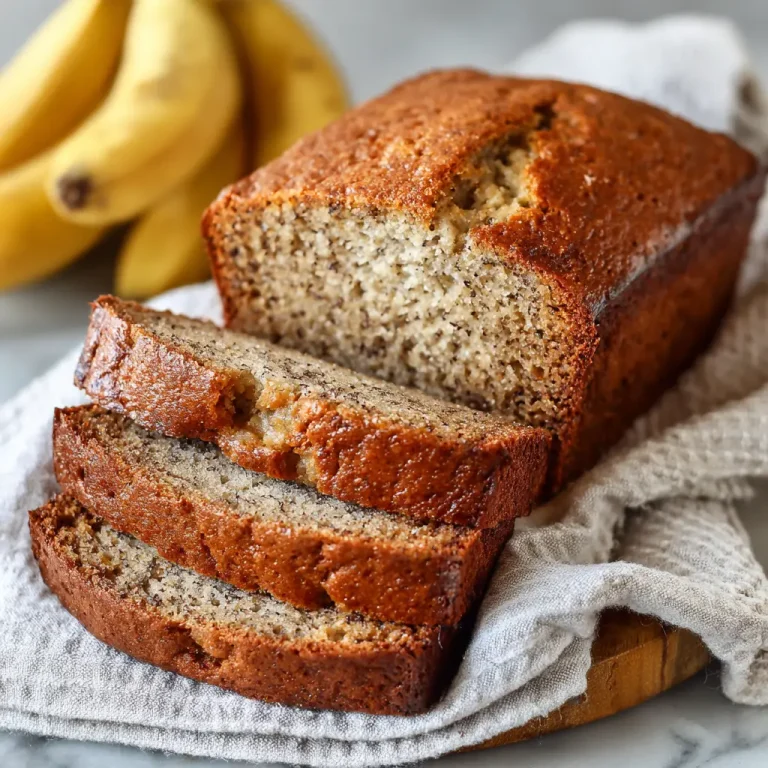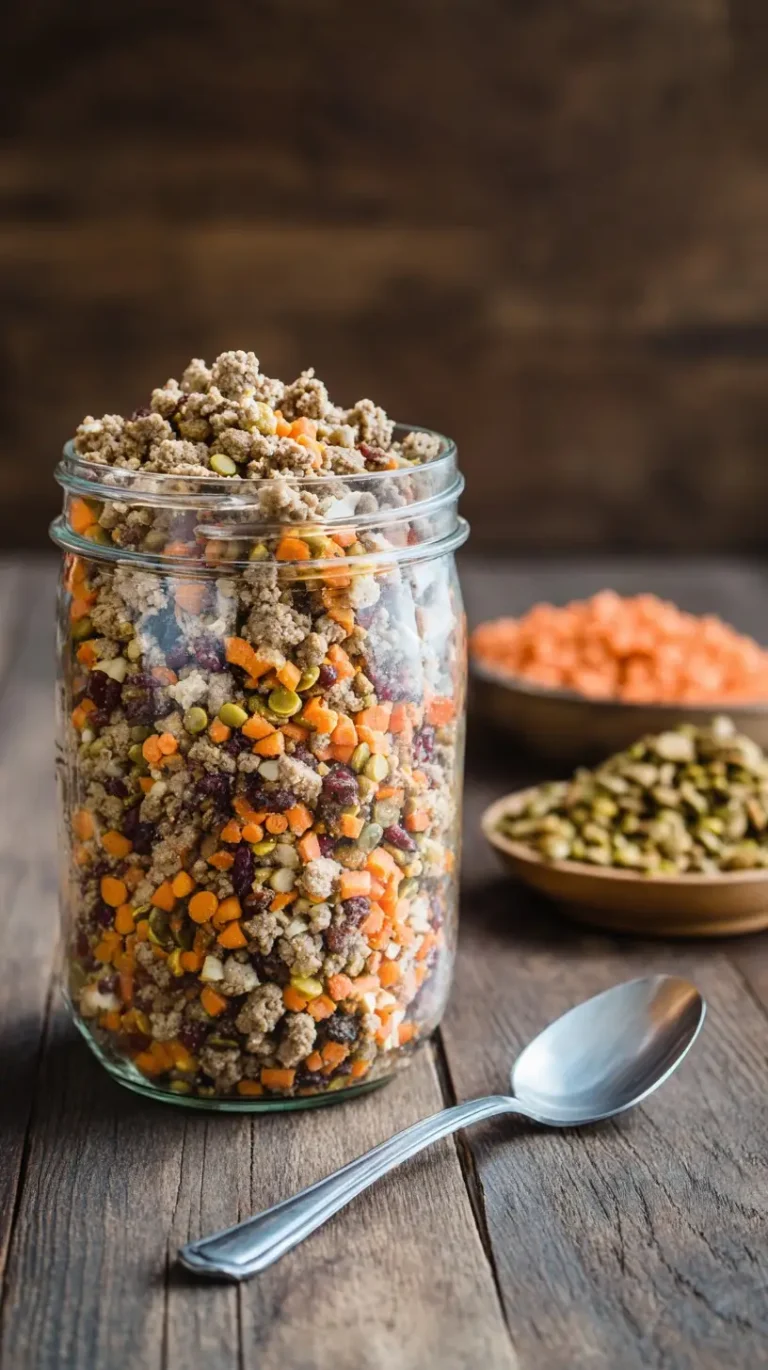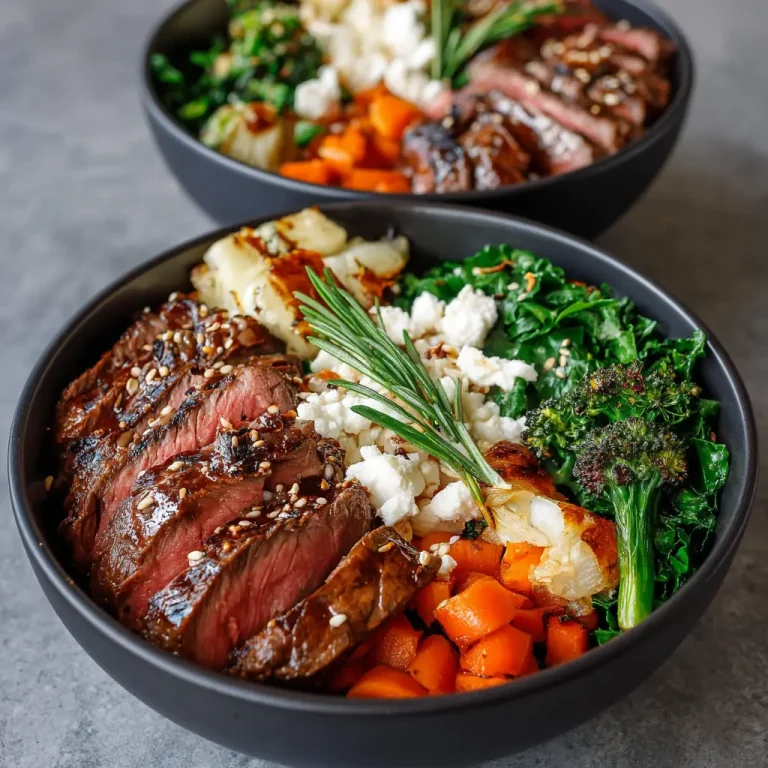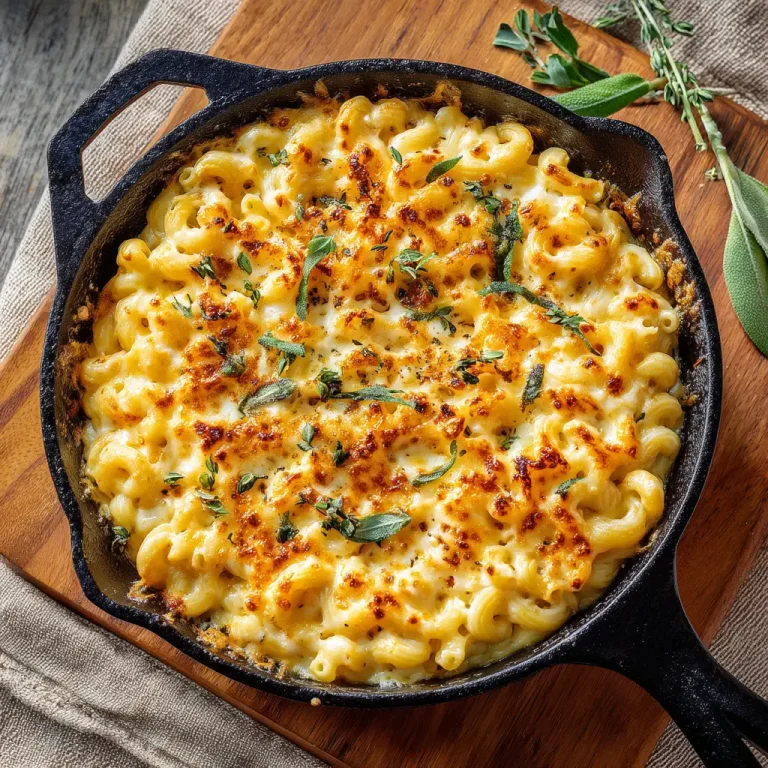Bread Recipes: A Simple Guide to Homemade Goodness
Baking bread at home offers more than just the warm aroma filling your kitchen. It brings comfort, creativity, and a touch of tradition that speaks to our roots. While store-bought bread may be convenient, making it yourself creates a richer experience that involves your senses, your time, and a little bit of love.
Many home cooks shy away from baking bread, thinking it requires professional skills or complex tools. The truth is, once you understand the basics, it becomes an enjoyable and rewarding part of your routine. From crusty artisan loaves to soft sandwich bread, homemade options often taste better and contain fewer preservatives.
If you are new to bread baking or looking to improve your technique, this guide will walk you through an easy and delicious recipe. With a few pantry staples and a bit of patience, you can create a beautiful loaf that is both healthy and satisfying. You will also find helpful tips for customizing your bread, ideas for serving, and a breakdown of its nutritional value.
Let’s begin your journey into the warm world of homemade bread.
Ingredients Needed

Before you begin, gather your ingredients. You likely already have most of them at home. Below is a simple list with a breakdown of approximate calories per ingredient to help you track your intake.
| Ingredient | Amount | Calories |
|---|---|---|
| All-purpose flour | 3 cups | 1200 |
| Warm water | 1 and 1/4 cups | 0 |
| Active dry yeast | 2 and 1/4 teaspoons | 10 |
| Sugar | 1 tablespoon | 48 |
| Salt | 1 and 1/2 teaspoons | 0 |
| Olive oil | 2 tablespoons | 240 |
Total approximate calories per loaf: 1498 (based on standard measurements and serving sizes)
Step-by-Step Cooking Instructions
Making bread may feel intimidating at first, but once you go through the process, it becomes second nature. Follow these steps carefully to ensure a perfect loaf every time.
1. Activate the yeast
In a large bowl, combine the warm water and sugar. Stir gently to dissolve the sugar completely. Add the active dry yeast and let it sit for about 10 minutes. Bubbles will begin to form on the surface, showing that the yeast is alive and ready to work.
2. Mix the dough
Add the flour, salt, and olive oil to the yeast mixture. Stir using a wooden spoon or dough hook attachment if you are using a stand mixer. Mix until a shaggy dough begins to form. The texture may feel slightly sticky, which is perfectly fine.
3. Knead the dough
Transfer the dough onto a clean surface lightly dusted with flour. Knead it by hand for about 8 to 10 minutes. If using a stand mixer, knead with the dough hook on medium speed for about 6 minutes. You are aiming for a smooth, elastic dough that springs back when lightly pressed.
4. Let it rise
Place the kneaded dough in a lightly greased bowl. Cover it with a clean kitchen towel or plastic wrap. Let it rise in a warm spot for 1 to 2 hours, or until it doubles in size. If your kitchen is cool, place the bowl inside your oven with the light on (but the oven turned off) to create a cozy environment.
5. Shape the dough
Once the dough has doubled in size, punch it down to release air. Turn it out onto a floured surface and shape it into a loaf. Tuck the edges underneath to form a smooth top. Place it into a greased loaf pan or onto a baking sheet lined with parchment paper.
6. Final proof
Cover the shaped dough and let it rise again for about 30 to 45 minutes. It should puff up but not spill over the edges of the pan.
7. Bake
Preheat your oven to 375°F. Bake the loaf for 30 to 35 minutes until the crust turns golden brown and the bread sounds hollow when tapped. If you have a food thermometer, the internal temperature should be around 190°F.
8. Cool completely
Remove the bread from the pan and let it cool on a wire rack. This step is essential, as slicing too early can make the texture gummy.
Tips for Customizing the Recipe

Homemade bread is incredibly versatile. Once you master the base recipe, you can make small adjustments to suit your taste or dietary needs.
Add seeds or grains
Incorporate sunflower seeds, flaxseeds, or rolled oats for added fiber and texture. Sprinkle some on top before baking for a rustic finish.
Use whole wheat flour
Swap up to half of the all-purpose flour with whole wheat flour. This change adds nuttiness and increases nutritional value.
Incorporate herbs or garlic
Mix in dried rosemary, thyme, or minced garlic to create a savory loaf that pairs beautifully with soup or pasta dishes.
Make it sweet
Add a handful of raisins and a touch more sugar or honey to transform your bread into a slightly sweet treat perfect for breakfast.
Experiment with different fats
Instead of olive oil, try using melted butter or coconut oil for subtle flavor variations.
Nutritional Information
Homemade bread gives you full control over what goes into your body. Here is an approximate breakdown per slice (based on 12 slices per loaf):
- Calories: 125
- Carbohydrates: 22g
- Protein: 3g
- Fat: 4g
- Fiber: 1g
- Sugar: 1g
- Sodium: 200mg
Keep in mind that adding seeds, whole grains, or sweeteners will slightly adjust these values. Still, compared to many store-bought options, homemade bread tends to be lower in preservatives and added sugars.
Serving Suggestions

Freshly baked bread shines in its simplicity. Try one of the following ideas to enjoy your loaf to the fullest.
With butter or jam
A warm slice with creamy butter or homemade fruit jam makes a comforting breakfast or afternoon snack.
For sandwiches
Use it for deli-style sandwiches or grilled cheese. The crusty outside and soft inside hold up well with various fillings.
As a dinner side
Serve alongside soups, stews, or pasta dishes. A simple drizzle of olive oil and sprinkle of salt can elevate it instantly.
Toasted with toppings
Toast slices and top with avocado, eggs, or nut butter for a hearty and wholesome meal.
Bread pudding or croutons
Use leftover slices for bread pudding, French toast, or homemade croutons. Nothing goes to waste.
Bread Recipes: A Simple Guide to Homemade Goodness
Course: Blog12
servings15
minutes30
minutes150
kcalIngredients
3 cups all-purpose flour (or bread flour)
1 packet (2 ¼ tsp) active dry yeast
1 cup warm water (110°F / 45°C)
2 tbsp sugar (or honey)
2 tbsp olive oil (or melted butter)
1 tsp salt
Directions
- Activate Yeast: In a bowl, mix warm water, sugar, and yeast. Let sit 5–10 minutes until foamy.
- Mix Dough: Add flour, salt, and oil. Stir until dough forms.
- Knead: On a floured surface, knead for 8–10 minutes until smooth and elastic. (Or use a stand mixer with dough hook, 5 minutes).
- First Rise: Place dough in a greased bowl, cover with a towel, and let rise in a warm place for 1 hour, until doubled in size.
- Shape & Second Rise: Punch down dough, shape into a loaf, and place in a greased 9×5 loaf pan. Cover and let rise 30 minutes.
- Bake: Preheat oven to 375°F (190°C). Bake for 25–30 minutes, until golden brown and sounds hollow when tapped.
- Cool & Slice: Let cool 10 minutes in the pan, then transfer to a wire rack before slicing.
Recipe Video
Notes
- Brush the top with melted butter after baking for a soft crust.
Add 1 tbsp seeds (sesame, flax, or sunflower) for extra nutrition.
Store in an airtight bag for 3–4 days, or freeze for up to 2 months.
Frequently Asked Questions About Bread Recipes
What is the best flour to use for homemade bread?
All-purpose flour works great for most bread recipes. If you want a chewier texture or are baking artisan-style loaves, bread flour is an excellent choice due to its higher protein content. For a healthier option, try swapping in some whole wheat flour.
Can I make bread without a stand mixer?
Yes, absolutely. While a stand mixer can save time, kneading by hand is just as effective and gives you more control over the dough texture. Just make sure to knead for about 8 to 10 minutes until the dough is smooth and elastic.
Why didn’t my bread rise properly?
Several reasons could be behind this. The yeast might be expired or the water used to activate it could have been too hot or too cold. Dough also needs a warm environment to rise. If your kitchen is chilly, try placing the dough in your oven with the light on.
How do I know when my bread is done baking?
The crust should be golden brown, and the bread should sound hollow when tapped on the bottom. For a more precise method, use a thermometer. The internal temperature should read around 190 to 200°F for most bread types.
Can I use instant yeast instead of active dry yeast?
Yes, you can substitute instant yeast one-to-one for active dry yeast. Instant yeast doesn’t need to be dissolved in water first, so you can mix it directly with the dry ingredients.
How long does homemade bread stay fresh?
Homemade bread stays fresh for about 2 to 3 days at room temperature if stored properly. Keep it in a cloth bag or wrapped in a clean kitchen towel inside a bread box. For longer storage, freeze it in slices.
Can I freeze homemade bread?
Definitely. Let the bread cool completely, then slice and wrap it in plastic or foil. Place it in a freezer-safe bag and freeze for up to three months. When ready to eat, thaw at room temperature or toast straight from frozen.
What can I add to make my bread more flavorful?
You can add herbs like rosemary or thyme, spices such as cinnamon, or mix-ins like cheese, olives, or dried fruit. Try incorporating honey, molasses, or yogurt into the dough for richer flavor and texture.
Conclusion
Baking bread at home is more than just a kitchen project. It is an experience that connects you to the food you eat and offers a sense of accomplishment with every slice. The smell alone is enough to brighten your day, and once you take that first bite, you will understand why so many people are returning to this simple craft.
Start with this basic recipe, tweak it as you go, and let your kitchen become a space for creativity. Over time, you will find your own rhythm and signature style. Whether shared with friends or enjoyed quietly with a cup of tea, your homemade bread will always be something special.







